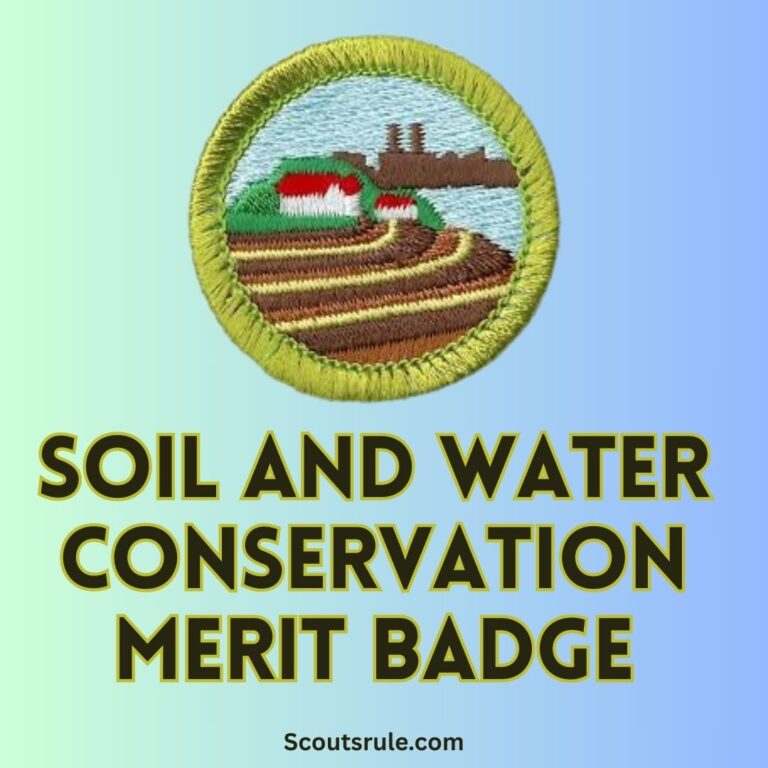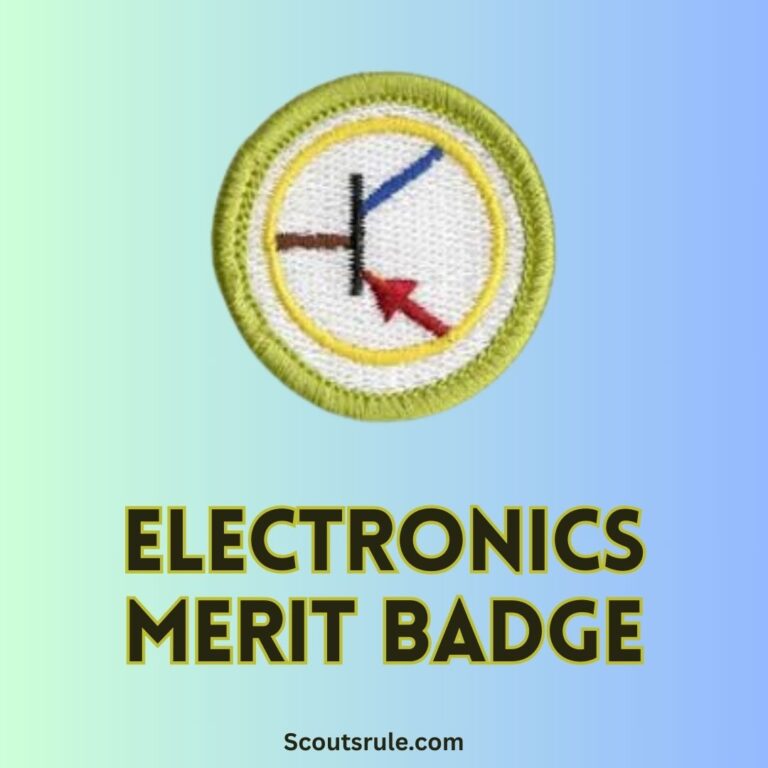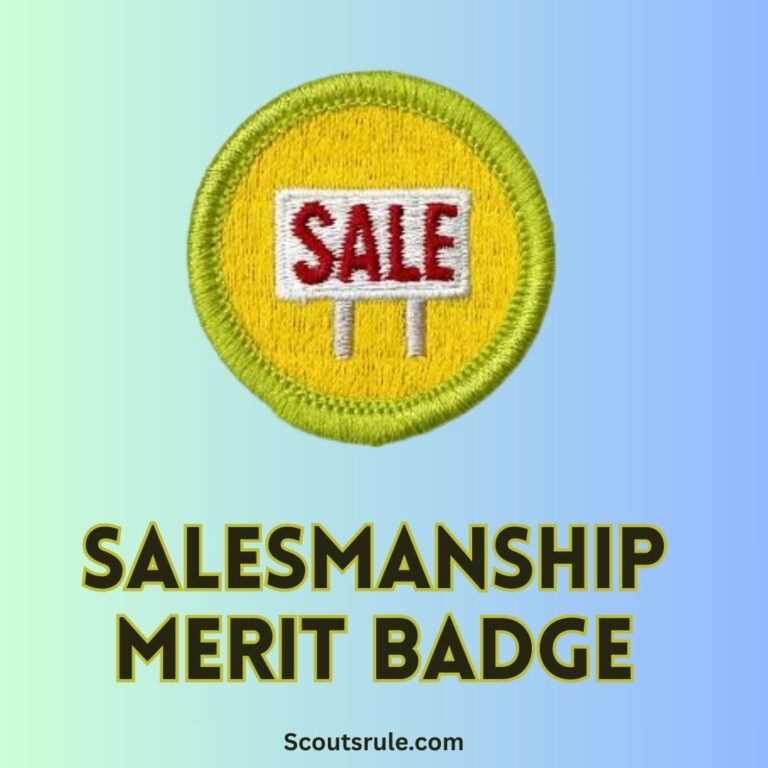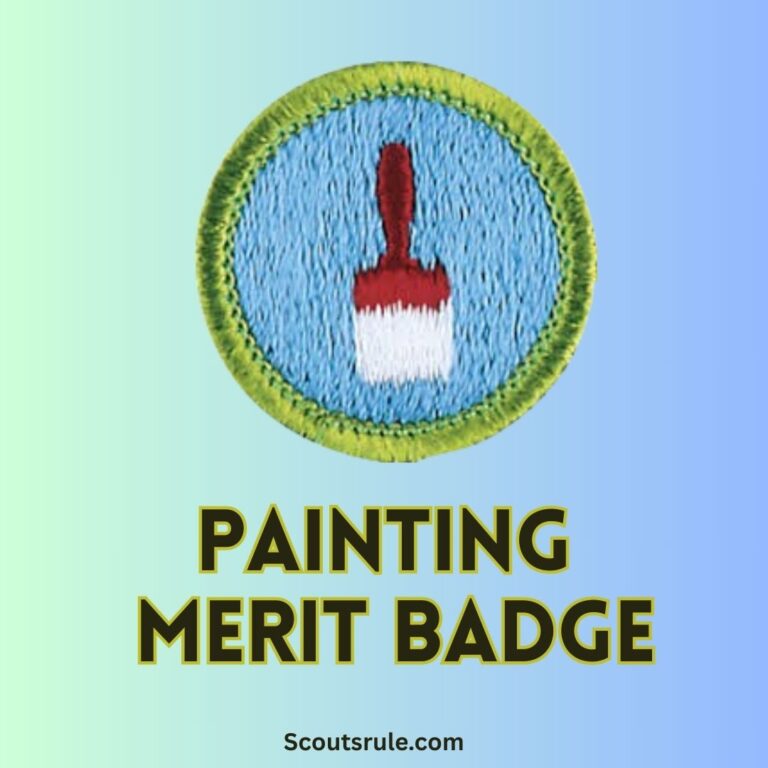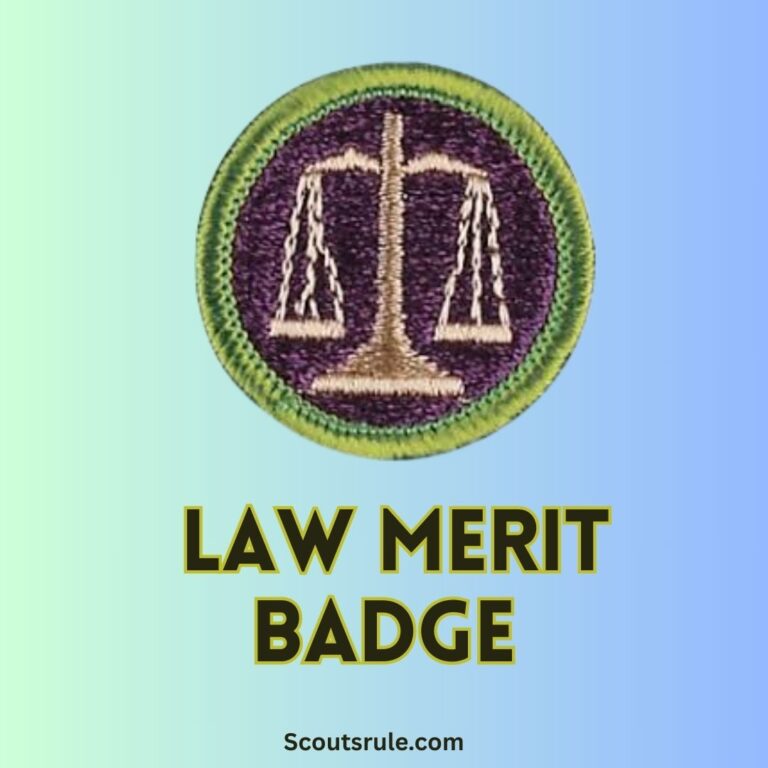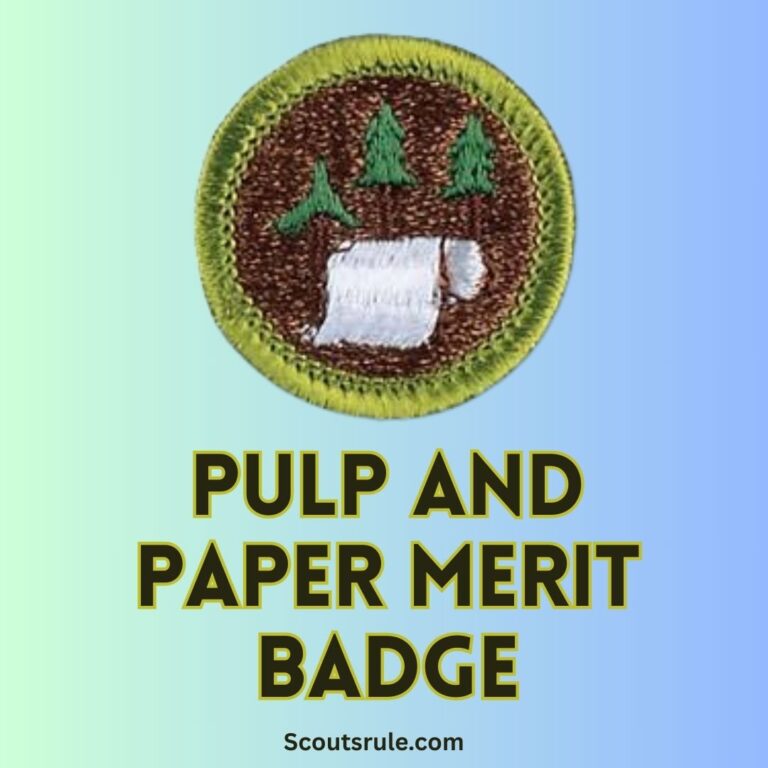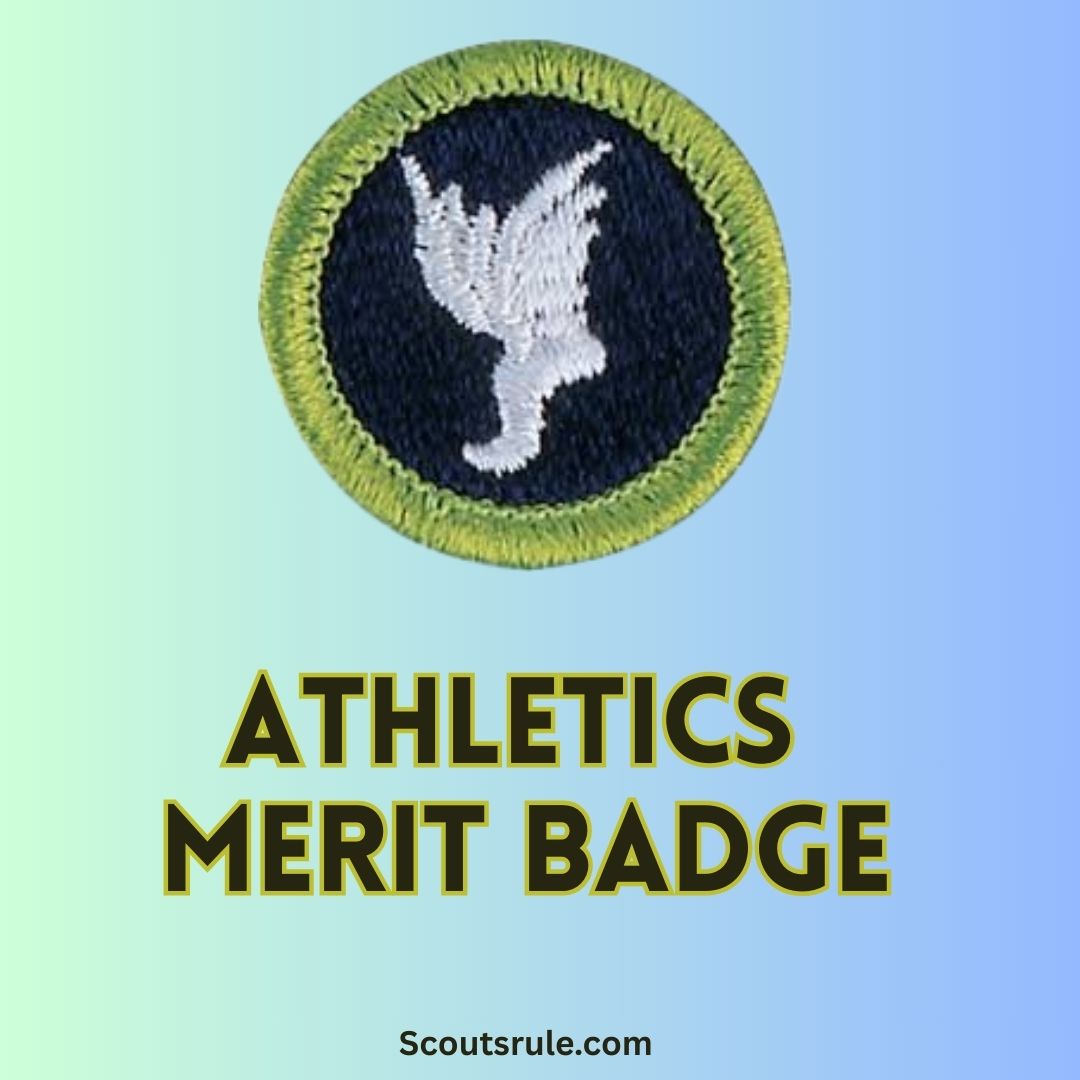
This guide is designed to help you explore a wide range of athletic activities and develop the skills necessary for safe, effective physical performance. You’ll learn about identifying and preventing hazards, maintaining a healthy lifestyle, developing personal training programs, and understanding sportsmanship and competition. Whether you are interested in individual or team sports, improving your fitness, or simply learning how to monitor your own progress, this guide will walk you through each requirement step by step, offer practical project ideas, and provide strategies for research, documentation, and self-reflection.
Post Contents
- Introduction: The Value of Physical Fitness and Athleticism
- 2. Purpose and Objectives of the Athletics Merit Badge
- 3. Overview of the Badge Requirements
- 4. Safety and Health in Athletics
- 5. The Importance of a Physical Examination and a Healthy Lifestyle
- 6. Developing a Personal Training Program
- 7. Understanding Equipment, Apparel, and Environment
- 8. Rules and Techniques in Athletic Activities
- 9. Warming Up, Cooling Down, and Basic Sports Skills
- 10. Teamwork, Discipline, and Good Sportsmanship
- 11. Documenting Your Athletic Journey
- 12. Additional Tips, Resources, and Career Exploration
- Conclusion: Lifelong Benefits of Athletic Pursuits
Introduction: The Value of Physical Fitness and Athleticism
Athletics play a fundamental role in building strength, coordination, teamwork, and a competitive spirit. Whether you are new to sports or already participate in a regular fitness routine, the Athletics Merit Badge challenges you to push your physical boundaries while fostering discipline, sportsmanship, and a commitment to health. Gaining this badge is not only about physical prowess; it also teaches you to work safely, set personal goals, monitor progress, and reflect on the benefits of an active lifestyle. As you embark on this journey, you’ll learn that athletics is an essential element of overall wellness and a cornerstone of the lifelong learning process.
2. Purpose and Objectives of the Athletics Merit Badge
The Athletics Merit Badge is designed to help Scouts understand the importance of balancing physical training with safety and proper health practices. The major objectives include:
- Safety Awareness: Learn the common hazards associated with athletic activities and the steps needed to prevent, mitigate, or respond to injuries such as sprains, strains, contusions, abrasions, blisters, dehydration, heat reactions, and concussions.
- Physical Fitness and Health Maintenance: Understand the importance of a physical examination and how good health habits—proper nutrition, regular exercise, and avoiding harmful substances—affect athletic performance.
- Development of a Personal Training Program: Create and follow a training regimen for a specific athletic activity over a fixed period (commonly three months). Develop goal-setting skills, tracking progress, and reflecting on improvements both physically and mentally.
- Understanding Equipment and Environmental Conditions: Learn about the equipment and clothing necessary for various athletic activities, considering seasonal or environmental factors.
- Learning the Rules and Techniques of Sports: Study the rules for at least two athletic activities (one of which you are practicing), emphasize the importance of warm-up and cool-down routines, and differentiate between amateur and professional athletes.
- Promoting Good Sportsmanship and Self-Discipline: Emphasize the values of fair play, respect, and teamwork. These values extend beyond sports and into everyday life.
- Civic and Personal Reflection: Through documentation and reflection, produce a portfolio that demonstrates your growth, the challenges you’ve overcome, and how athletics contributes to your overall development.
These objectives aim to create a well-rounded understanding and appreciation of the role athletics play in personal development and societal well-being.
3. Overview of the Badge Requirements
While the current Boy Scouts of America (BSA) Athletics Merit Badge requirements should be reviewed in the official pamphlet, the following are key areas typically addressed:
- Safety and First-Aid: Explain potential hazards during athletic activities and demonstrate first-aid knowledge for common injuries.
- Physical Examination and Health Practices: Obtain a physical exam from a health professional and discuss its importance along with a healthy lifestyle, including nutrition and avoiding harmful substances.
- Personal Training Program: Select an athletic activity, create a three-month training plan, maintain and review a progress chart, and explain how training has affected your physical and mental development.
- Rules and Techniques: Provide the rules for two athletic activities (one being the activity you chose for your training). Discuss the significance of warming up, cooling down, and the differences between amateur and professional athletes, including sportsmanship.
- Teamwork and Communication: Highlight the importance of collaboration and self-discipline within athletic activities, possibly including both individual and team sports.
- Documentation: Keep detailed records, such as training charts, personal reflections, photographs, interview notes (if applicable), and progress reports.
Each requirement is intended to ensure that you not only engage in physical activity but also develop an understanding of the process, responsibility, and personal growth that accompanies athletic pursuits.
4. Safety and Health in Athletics
Physical activities offer tremendous benefits, yet they inherently involve risks that must be managed effectively. In this section, you will study various hazards, learn first-aid methods, and understand the importance of safety while engaging in sports.
4.1 Identifying Common Hazards
When playing sports or training, you may encounter several hazards:
- Physical Risks:
- Sprains and strains from improper warm-up.
- Contusions or abrasions from collisions or falls.
- Blisters from repetitive friction on hands or feet.
- Dehydration and heat-related illnesses, especially in high temperatures.
- Concussions due to impacts, particularly in contact sports.
- Environmental Hazards:
- Slippery surfaces, uneven terrain, or obstacles during outdoor activities.
- Risk of sunburn or exposure to elements if you are unprotected outdoors.
- Equipment Hazards:
- Injuries from using defective or improperly maintained gear, such as worn-out shoes or faulty sports equipment.
4.2 First-Aid Measures and Injury Prevention
To address these hazards, you must demonstrate knowledge of:
- Proper Warm-Up and Cool-Down Techniques: Warming up increases blood flow and prepares muscles for exertion, reducing the risk of injury. Cooling down helps in recovery and prevents muscle stiffness.
- Basic First-Aid Techniques:
- For sprains and strains, apply the RICE method (Rest, Ice, Compression, Elevation).
- Treat minor cuts and abrasions by cleaning the injury and applying a bandage.
- Management of blisters through proper foot care and using blister pads.
- Handling dehydration by drinking water, using sports drinks, and resting in cool areas.
- Recognition of concussion symptoms (e.g., headache, nausea, confusion) and the immediate need to seek medical attention.
- Personal Protective Equipment (PPE): Wear appropriate gear such as helmets, pads, proper footwear, and sun protection when needed.
Discuss these safety measures with your merit badge counselor and, if possible, practice basic first-aid techniques through role-play or demonstrations.
5. The Importance of a Physical Examination and a Healthy Lifestyle
Before initiating any training program, it is crucial to ensure that you are physically fit for athletic activities. Your health is your most valuable asset, and safeguarding it is paramount to success in athletics.
- Physical Examination: Visit a healthcare practitioner for your routine physical exam using the Scout medical examination form. This confirms your readiness and highlights any preexisting conditions that need attention.
- Healthy Lifestyle Principles:
- Nutrition: Discuss the value of a balanced diet rich in fruits, vegetables, proteins, and healthy fats. A proper diet fuels your workouts and aids recovery.
- Hydration: Explain the importance of regular water intake to prevent dehydration during physical activities.
- Avoiding Harmful Substances: Understand how tobacco, alcohol, and other harmful substances can impair physical performance and overall health.
- Regular Exercise: Emphasize that consistent training, coupled with adequate rest, enhances both physical and mental well-being.
Include a written reflection on how maintaining good health practices positively influences your performance and overall quality of life.
6. Developing a Personal Training Program
One of the core requirements is to choose an athletic activity that interests you and develop a structured training program around it—typically over a three-month period.
6.1 Setting Goals and Creating a Training Plan
- Select an Activity: Choose an athletic activity that excites you (e.g., running, swimming, basketball, soccer, or another sport). It should be something you are passionate about, as this will help you stay committed throughout the training period.
- Goal Setting: Define clear, measurable goals. These may include improving endurance, increasing speed, developing strength, or honing a specific skill. For example, if you choose running, you might set a goal to reduce your mile time or run a longer distance without fatigue.
- Training Plan Outline: Create a written plan that outlines your weekly workout schedule. Include details such as:
- Frequency and duration of workouts.
- Types of exercises (e.g., cardiovascular, strength training, flexibility exercises).
- Specific drills or techniques related to your athletic activity.
- Defined rest and recovery periods to avoid overtraining.
6.2 Monitoring Progress and Adjusting the Program
- Progress Chart: Develop a chart or log to track your progress over the three months. Record important metrics such as distance covered, speed, strength improvements, or any quantitative data relevant to your sport.
- Assessing Your Progress: Periodically review your training log. Reflect on the milestones achieved and make adjustments to your plan if needed. Discuss these reflections with your merit badge counselor, noting any mental and physical changes you’ve experienced.
- Reflective Journaling: Maintain a journal where you write about your training experiences. Focus on:
- Personal challenges you encountered.
- Techniques that helped you improve.
- Changes in your physical fitness and mental outlook.
This systematic training approach not only fulfills the badge requirements but also instills self-discipline and goal-setting skills that are valuable in all areas of life.
7. Understanding Equipment, Apparel, and Environment
Along with training, you will need to familiarize yourself with the equipment and attire essential for your chosen athletic activity.
- Equipment: Learn what gear is necessary. For example, if you choose a sport like basketball, understand the importance of a good pair of basketball shoes, and if you select running, research the best running shoes, fitness apparel, and any optional gear like heart rate monitors or water bottles.
- Appropriate Clothing: Explain the importance of dressing appropriately for the season and activity. Consider factors like temperature, moisture-wicking properties, and overall comfort.
- Environmental Considerations: Identify whether your training will occur indoors or outdoors. Understand how environmental factors such as weather, terrain, and facilities can impact your performance and safety.
Document what equipment and clothing you use, why you chose them, and how they contribute to your overall performance.
8. Rules and Techniques in Athletic Activities
A key part of earning the Athletics Merit Badge is understanding sports rules and demonstrating the skills that underpin any athletic activity.
8.1 Explaining the Rules of Two Athletic Activities
- Rule Explanation: Select two athletic activities—one of which should be the activity you chose for your training program. Write a detailed explanation of the rules for each activity. For instance, if you are training for soccer, describe the offside rule and basic gameplay, and compare it with another sport like basketball, outlining concepts such as dribbling rules and fouls.
- Significance of Rules: Discuss how well-understood rules contribute to fair competition, ensuring that games are played safely and that sportsmanship is maintained.
8.2 Understanding Amateur vs. Professional Athletes
- Amateur Athlete: Define what it means to be an amateur athlete. Typically, amateurs compete for the love of the game without the primary goal of monetary profit.
- Professional Athlete: Contrast this with the life of a professional athlete, who earns a living from their sport, deals with contracts, and may face greater public scrutiny and higher performance pressures.
- Sportsmanship: Emphasize the traits of good sportsmanship, such as respect for opponents, fair play, handling wins and losses gracefully, and demonstrating teamwork and self-discipline.
Reflect on how these differences influence training and competition, and incorporate your personal insights on why sportsmanship is an essential quality.
9. Warming Up, Cooling Down, and Basic Sports Skills
Proper preparation before and after physical activity is essential to optimize performance and reduce the risk of injury.
- Warm-Up: Write about the importance of a proper warm-up. This could include dynamic stretches, light jogging, or sport-specific drills to gradually raise your heart rate and increase blood flow to muscles.
- Cool-Down: After training, cooling down helps your body transition back to a resting state. Discuss methods to lower your heart rate safely, such as static stretching or a slow-paced walk.
- Basic Sports Skills: Demonstrate that you understand key techniques in your chosen sport. This could include proper form, controlled movements, and exercises that develop coordination, balance, and agility.
Explain to your counselor why warming up and cooling down are crucial in preventing injuries, and describe any routines you include in your training sessions.
10. Teamwork, Discipline, and Good Sportsmanship
Athletics is not solely an individual pursuit—it often requires cooperation, respect, and self-discipline.
- Teamwork: Reflect on how working with teammates contributes to improved performance and enjoyment. Whether during relays, team sports, or individual sports with support systems, teamwork is essential.
- Self-Discipline: Discuss how regular training, goal-setting, and a commitment to improvement are manifestations of discipline, one of the core values you develop through athletics.
- Good Sportsmanship: Explain what constitutes good sportsmanship. This includes behaviors like encouraging teammates, respecting opponents, and displaying integrity both on and off the field. Reflect on personal experiences where demonstrating sportsmanship made a difference in the overall environment.
Your ability to integrate these values into your everyday life, both in and out of athletic settings, is an important outcome of this merit badge.
11. Documenting Your Athletic Journey
Throughout your time working on the Athletics Merit Badge, consistent documentation is critical. This documentation not only verifies that you have met the requirements but also provides a personal record of your progress and growth.
- Training Log: Create a chart or a digital spreadsheet where you record your physical performance metrics (e.g., time, distance, repetitions) during each training session. Note improvements and setbacks.
- Journal Entries: Write regular reflections on your training experiences. Describe how you feel physically and mentally, detail any challenges you face, and capture insights on how your performance is evolving.
- Photographs and Videos: Supplement your written records with photos and videos of your training sessions, warm-ups, or specific drills. Visual documentation offers tangible proof of your efforts and progress.
- Final Presentation: Assemble your research, logs, and reflections into a final portfolio or presentation that clearly outlines how you met each section of the merit badge requirements. Include a summary of your training program, lessons learned, and your vision for how athletic pursuits will continue to shape your personal development.
12. Additional Tips, Resources, and Career Exploration
Additional Tips
- Engage in Peer Discussions: Discuss your training methods, challenges, and successes with fellow Scouts. Group workouts or team practices can offer additional motivation and insights.
- Use Technology: Leverage apps or digital fitness trackers to monitor your progress. There are many free tools available that can help you measure and improve your performance.
- Consult Experts: Seek advice from physical education teachers, coaches, or local athletic trainers. Their expertise can provide you with additional techniques, safety precautions, and training tips.
- Be Consistent: The key to improvement in any athletic activity is regular practice. Stick to your training schedule and adapt your goals as you progress.
- Reflect on Your Achievements: Celebrate small milestones along the way. Reflect on how each training session contributes to your overall goals and write a summary of what each phase of your training has taught you.
Resources
- Books and Magazines: Explore literature on sports training, leadership in athletics, and best practices for physical fitness. Many sports coaches and athletes share their experiences in books that can be very inspiring.
- Online Platforms: Websites like YouTube, Khan Academy (for foundational knowledge), and fitness apps like Strava or Nike Training Club offer tutorials, workout plans, and motivational content.
- Local Facilities: Visit running tracks, sports centers, or gyms that may offer free training sessions or workshops.
- Professional Guidance: Look for local competitions, tournaments, or athletic clubs that allow you to interact with experienced athletes. These experiences can be invaluable in learning refined techniques and proper etiquette.
Career Exploration in Athletics
Although the Athletics Merit Badge is primarily about personal fitness and sportsmanship, it can also spark interest in sports-related careers. Some potential career paths include:
- Professional Athlete: Training and competing at high levels in sports.
- Coaching: Guiding teams or individuals to develop their athletic skills.
- Sports Medicine: Pursuing a career as a physical therapist, athletic trainer, or sports medicine physician to help athletes recover and perform better.
- Sports Management: Overseeing the operations of athletic organizations, teams, or events.
- Fitness Training: Working as a personal trainer or gym instructor to help others achieve their fitness goals.
- Recreation Leadership: Organizing community sports programs or events.
Research these career paths by interviewing local sports professionals or attending relevant career fairs, and document any findings and reflections as part of your merit badge project.
Conclusion: Lifelong Benefits of Athletic Pursuits
Earning the Athletics Merit Badge is more than just a checkmark in your Scouting journey—it’s a transformative experience that instills discipline, enhances physical fitness, and nurtures a lifelong appreciation for sports. By learning to set realistic goals, developing a tailored training program, understanding the importance of warm-ups and cool-downs, and embracing the values of teamwork and sportsmanship, you build skills that extend far beyond the athletic field.
As you document your progress and reflect on your personal and physical development, you also become more aware of the intricate balance between competition, health, and personal well-being. Whether you choose to pursue further athletic challenges, consider a career in sports-related industries, or simply use these experiences as a foundation for healthy living, the lessons learned while earning this merit badge will serve you for years to come.
May the perseverance, discipline, and passion you nurture through athletics empower you in every aspect of life. Embrace every challenge as an opportunity to grow, and remember that every step on the track or every rep in training contributes not only to better physical fitness but also to shaping your character and resilience.
Happy training, and may your journey in the Athletics Merit Badge inspire you to achieve excellence, both in your sporting endeavors and in all areas of life!

Hi, Robin here, A former lead Scout and here I share my inspiring stories about USA Scouts, leadership, adventure, how to guides and more.

